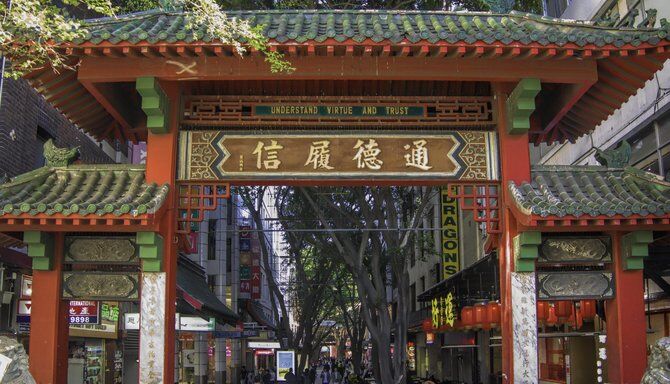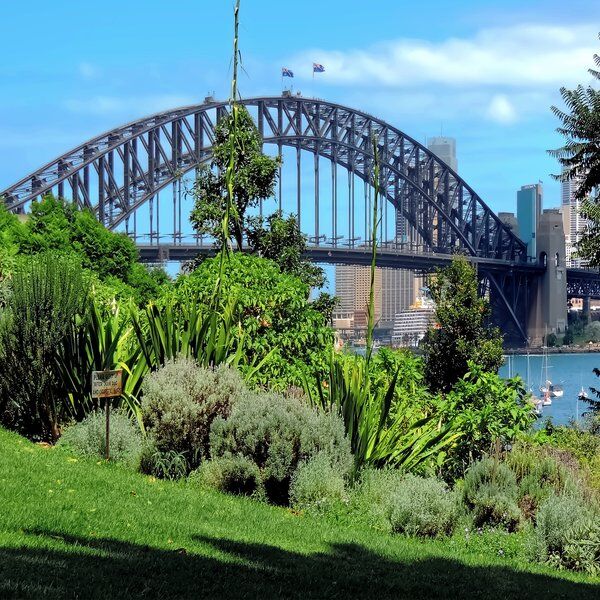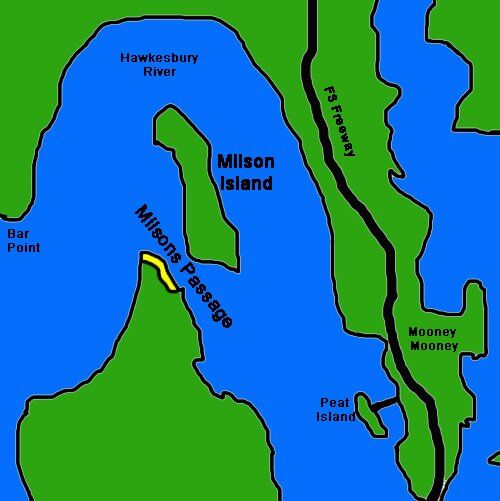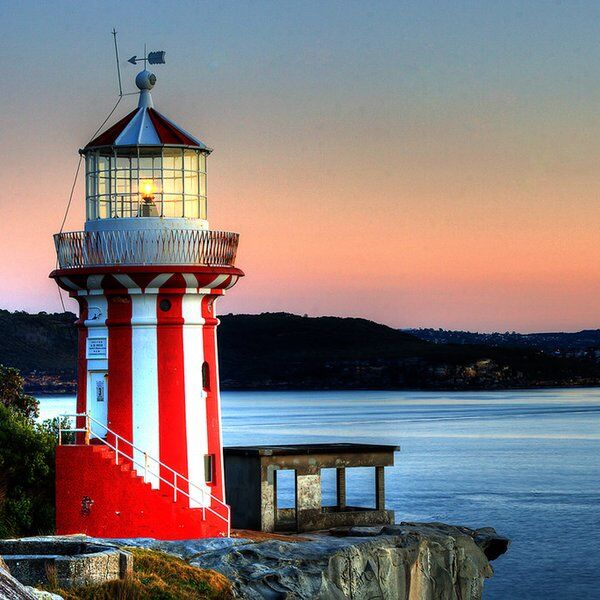
A Brief History Of Chinatown Sydney
Sydney's Haymarket is home to the largest Chinatown in Australia, a vibrant place with a fascinating and turbulent history almost as old as the city itself. Read on to find the history of and best things to do in Chinatown Sydney.
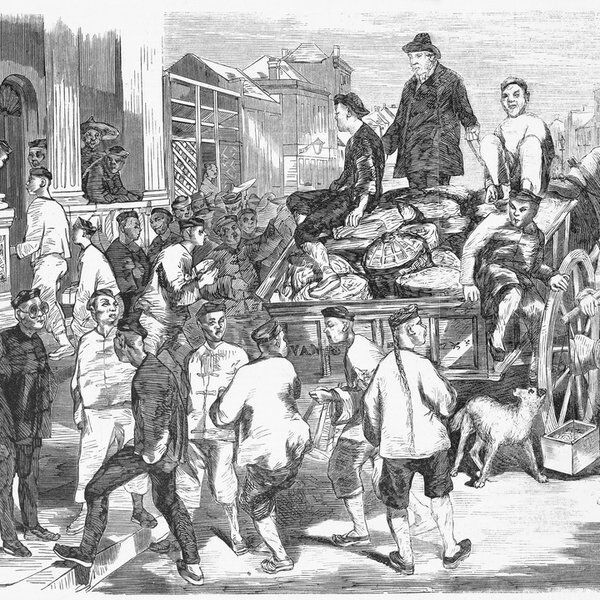
Slowboat To Chinatown Sydney
The British first established the New South Wales colony in 1776. The earliest mentions of the area having a Chinese population come less than 50 years later, in the 1820s.
Some of the first Chinese Australians are thought to have been sailors who, having arrived on British ships, disembarked in the hopes of starting a new life in the colony. Most however were indentured workers.
In the 1840s Britain stopped sending convicts to Australia. This created a huge demand for cheap labour. A demand that Chinese men were used to fill.
Some were kidnapped, some were bought in 'sales of pigs', as they were then known. Between 1848-53 over 3,000 Chinese workers arrived into the port of Sydney. Many returned to China at the end of their contracts, but some decided to settle in the city for good.
Those that did were soon joined by a host of their compatriots. The 1850s and 60s saw what would be the largest Chinese migration to Australia for over 100 years.
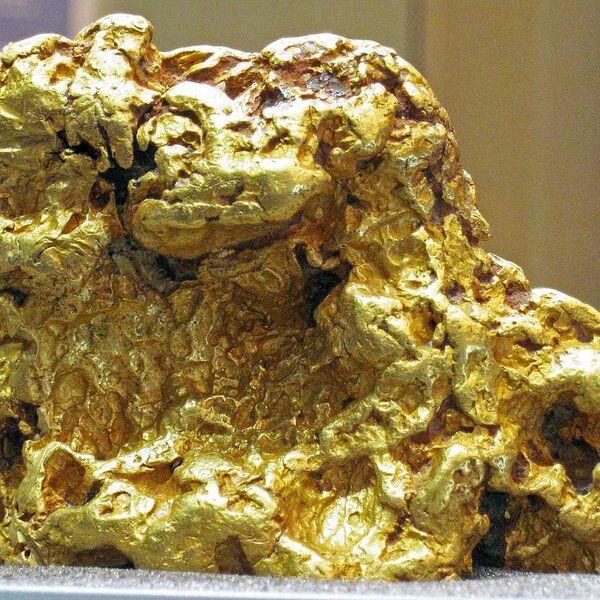
Gold!
In 1851, Australia struck gold. The precious metal was found in several sites across the country including New South Wales. Word spread fast. In 1853, Chinese prospectors began to flock en masse to the 'new gold mountain'. So many in fact that by 1861 there were around 40,000 Chinese people living in Australia, an astounding 3.3% of the country's population.
These Chinese goldseekers did not have it easy however. They faced exorbitant taxes and heavy anti-Chinese sentiment that more than once resulted in riots. They were often segragated into separate camps from the European miners, ostensibly for purpose of avoiding race-related disagreements and conflicts.
Chinatown Sydney Is Born
During this period the first iteration of Chinatown Sydney emerged. In 1861, 16,000 of the 40,000 Chinese living in Australia were in New South Wales. Those who lived in Sydney settled in The Rocks, also then known as 'The Chinese Quarter'.
The 1860s brought the NSW goldrush to an end and there was a large influx of Chinese miners into this fledgling Chinatown and into Sydney as a whole. Anti-Chinese sentiment followed not far behind.
1881 and 1888 saw new acts being issued restricting the freedoms of Chinese Australians. At the same time calls for an Australian federation grew louder. Europeans wanted secure the country's borders against the immigrant 'threat'.
The colony of New South Wales was less than 100 years old.
The Early Days Of Chinatown Sydney
Having traded the goldfields for the city, the Chinese Australian prospectors needed new professions. They opened stores, set up newspapers, worked on farms, market gardens and in kitchens or as interpreters, cabinet makers and drapers. By 1890 there were almost 800 Chinese run shops in NSW. One of the most popular of these was a tea house in Sydney's iconic Queen Victoria Building.
Despite this however racial stereotypes dominated the way in which they were perceived by many European Australians. In mainstream media they were often portrayed as an opium smoking, gambling, brothel obsessed threat to the peace.
Anti-Chinese policies continued to flourish. The range of jobs they were allowed to do was reduced and immigration restrictions tightened.
Decline, Relocation And Resurgence: The War Years
The early 20th Century was a time of upheaval for China. The Qing dynasty's 276 years of rule ended in the 1911 revolution and the Republic of China was established. These events were devisive amongst Chinese Australians.
Some supported the old regime, but many were in favour of the changes. Some even travelled back to China to fight for the new Nationalist party. This, along with Australia's harsh anti-immigration policies contributed to there being less than 1,000 Chinese Australian men of fighting age by the time WW1 broke out, in 1914.
Only 198 of these succeeded in joining the war effort, the rest were impeded by a policy preventing those without European heritage from enlisting.
By 1920, Chinatown Sydney had been relocated from The Rocks to Haymarket, where it remains today.
The Chinese population of this new Chinatown Sydney began to grow in 1937 with the outbreak of the second Sino-Japanese War. Many Chinese refugees were evacuated to Australia in the face of the Japanese advance.
Chinatown Sydney On The Rise
After WW2 ended the Australian Chinese witnessed a gradual extension of their rights and citizenship status. In the 1970s, several waves of ethnic Chinese immigrated to Australia from Vietnam, Cambodia, Hong Kong and all over China.
With this, the population of Chinatown Sydney grew more diverse and, today, it includes a wide range of Chinese people from different backgrounds. Chinese students studying abroad rub shoulders with Chinese Cambodians who fled the mainland during the Sino-Japanese war, and Chinese Australians whose families have been in Sydney for generations.
This has lead to the area becoming one of the most exciting and culturally vibrant Chinatowns the world over.

Things To Do In Chinatown Sydney
There are plenty of things to do in Chinatown Sydney, here is our breakdown of the best food, shopping and sightseeing options in the historic district.
Food And Drink
Golden Century is a must with its classic Cantonese dishes and huge range of seafood, available until 4am. For those with a sweet-tooth it's hard to beat the famous KOI dessert bar with its cakes that have been recognised by Masterchef's dessert hall of fame. If you're on the lookout for something unusual Spice World is the place for you. Amongst its quirks are hotpots served with barbie dolls dressed in meat and robot waiters handing out mints.
Shopping
Chinatown Sydney's weekly Friday night markets are legendary, the perfect way to enjoy amazing snacks and desserts amidst a lively atmosphere. Anyone on the hunt for discount fashion need look no further than the Market World factory outlet. This features a range of designer goods at bargain prices. For jewellery, tech gadgets, cosmetics and groceries, Paddy's Markets is hard to beat.
Sightseeing
Catching a musical at the iconic Capital Theatre should be right at the top of any visitors wishlist. Other must-sees include: the Golden Water mouth sculpture on the corner of Hay St and Sussex St, a symbol of harmony between natural and urban environments created by Chinese artist Lin Li in 1999; and the Chinese Garden of Friendship, a stunning park that synthesizes elements of traditional Chinese and Australian culture.
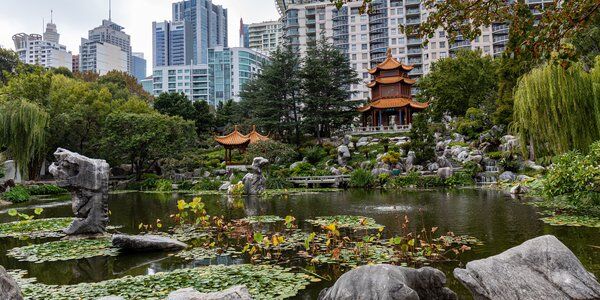
Interested in finding more places like this? Try one of our Scavenger Hunts in Sydney - untangle cryptic clues as a team, as you are taken on a journey to the most unique, unusual and bizarre corners of Sydney.
